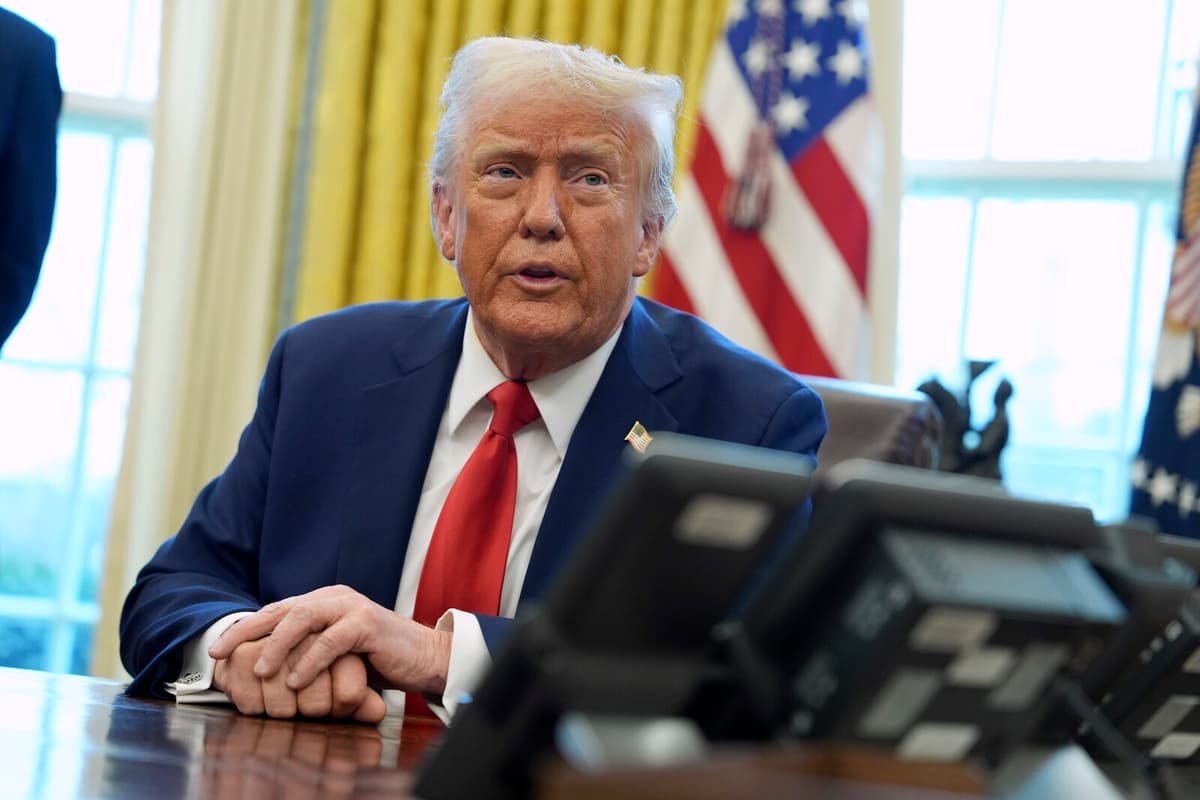The President of the USA, Donald Trump, has introduced trade tariffs – an additional fee on imported goods – against China, and he has also threatened to do so against the EU, Canada, and Mexico.
Not at all unexpected. During the election campaign, he said:
For me, tariffs are the most beautiful word in the dictionary.
The purpose of the tariffs is partly to threaten countries to do as he wants, partly to support American economic development. This is according to Maria Persson, a lecturer at Lund University, speaking to TT.
He has several purposes, and they are somewhat contradictory. He wants to bring in tax revenue through tariffs and get it from abroad. But it doesn't work that way; instead, it becomes a tax paid by American consumers, she says.
He also wants to protect the import-competing sector, protect the companies that produce the same products in the USA as those being imported. The domestic companies can charge higher prices, so they benefit. And he wants to force, or give incentives, for companies to locate their production in the USA. If you are in the USA, you can sell to the American market and avoid the tariff.
"Higher prices for consumers"
Are trade tariffs the right way to strengthen the economy? Maria Persson is skeptical.
The normal thing is that the consumer meets higher prices, and the country as a whole loses out on the tariff, she says.
But there are special cases. If you are dominant on the market, you can theoretically force down prices on products so that the exporter gets less paid. Then it can become what Trump is after, that you bring in tariff revenue from abroad and not just from domestic consumers.
When Trump was president in 2017–2021, he introduced trade tariffs – without achieving the effect he was after.
The USA took the hit from the tariffs, research shows, says Persson.
"Doesn't add up"
Per Altenberg is a trade strategist at the National Board of Trade. He has difficulty seeing how tariffs would promote investments in the USA in the long run, as it is a completely different strategy that has historically made direct investments in the USA so large.
There's something that doesn't add up. He (Trump) wants very large investments in the USA. At the same time, he wants to reduce the trade deficit. It's two sides of the same coin. It doesn't add up, he says.





